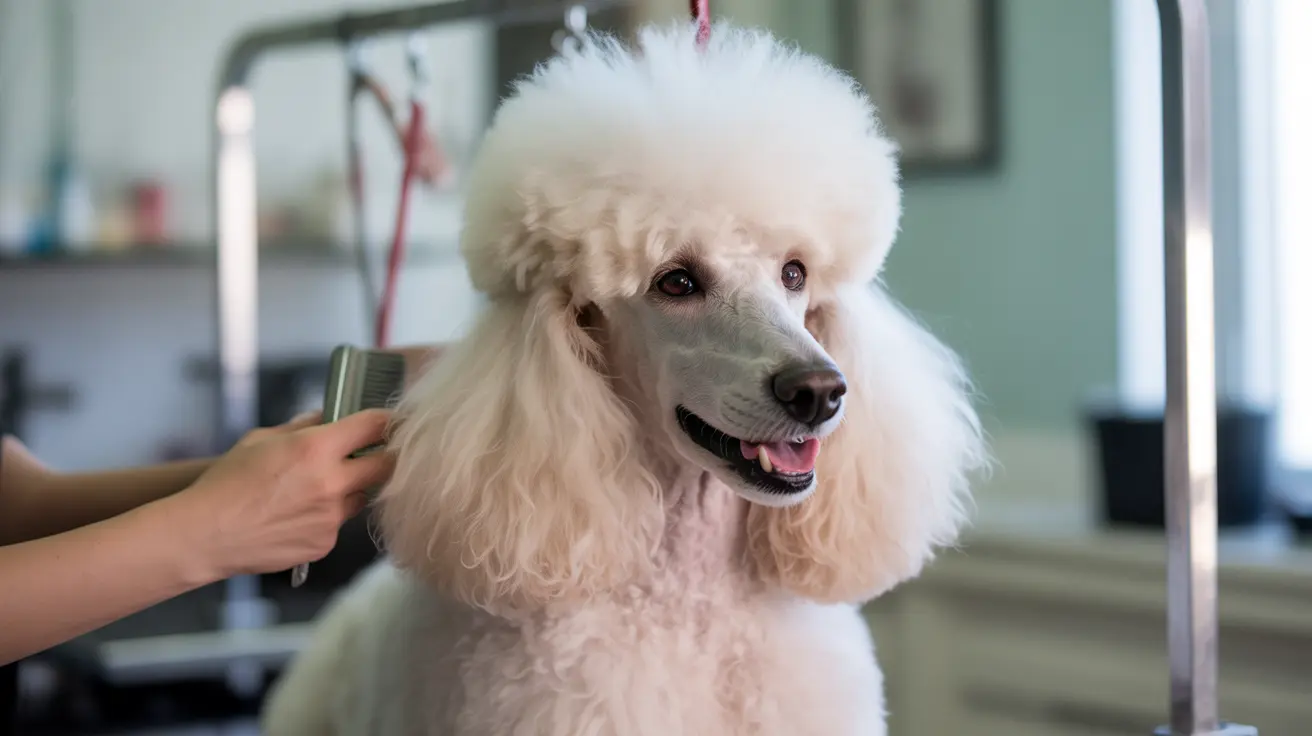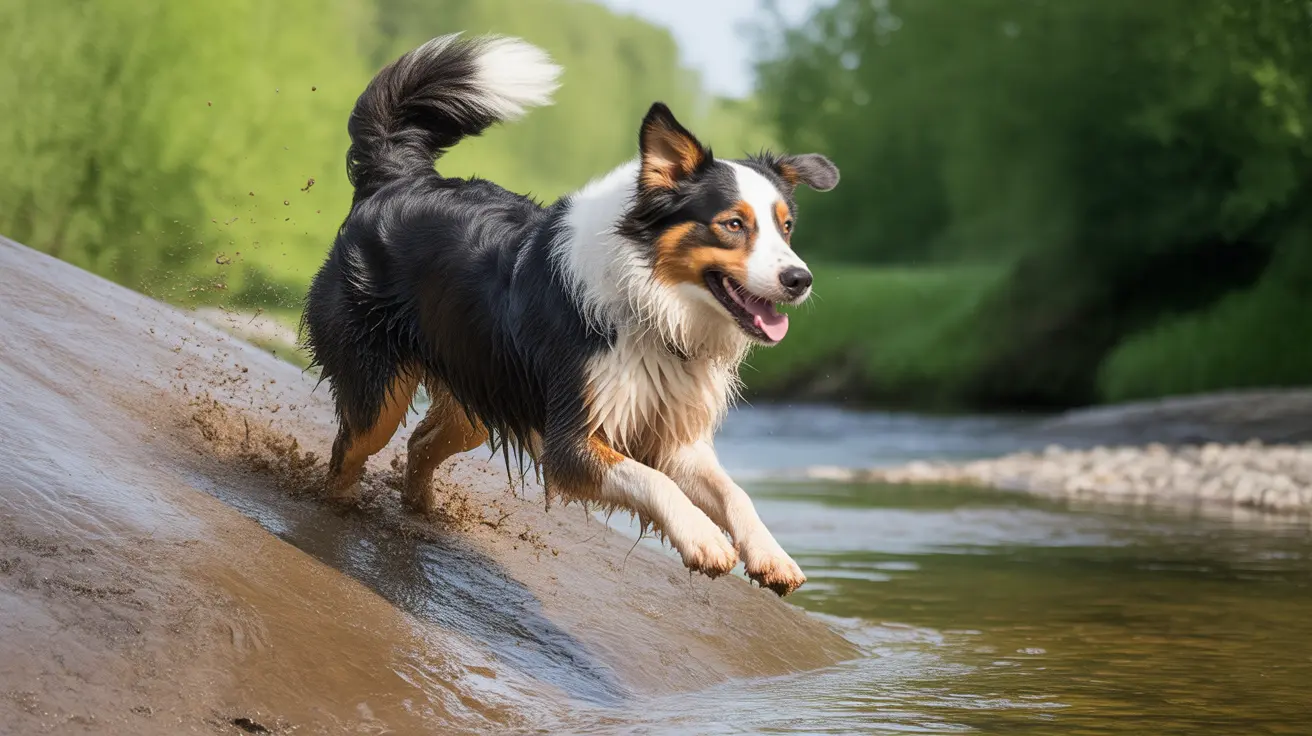How to Tell When Your Dog Has Finished Giving Birth
Understanding the signs that your dog is no longer in labor is essential for ensuring the health and safety of both the mother and her puppies. Dog labor happens in stages, and being able to recognize when these stages have concluded will help you act responsibly and promptly when necessary.Recognizing the End of Labor
A pregnant dog typically carries her puppies for around 63 days. The labor process has three main stages:- Stage One: Uterine contractions and cervical dilation
- Stage Two: Delivery of the puppies
- Stage Three: Expulsion of the placentas
Key Signs Your Dog Is No Longer in Labor
1. No More ContractionsThe clearest sign is the absence of visible abdominal contractions. Once labor is completed, the dog’s belly becomes soft, indicating that the uterus has relaxed. 2. Calm and Restful Behavior
After delivering all puppies and placentas, the mother will typically appear calm and may begin resting peacefully. The signs of distress or restlessness seen earlier in labor should subside. 3. Post-labor Grooming and Nursing
The mother will begin cleaning her puppies and allow them to nurse. This indicates that she is shifting focus from labor to nurturing. 4. No More Puppies or Placentas
Usually, there is one placenta per puppy, expelled shortly after birth. If you have a puppy count (based on prior X-rays or ultrasounds), confirming all expected puppies and placentas have been delivered helps ensure labor has concluded.
How to Check if Labor Has Ended
There are a few practical steps you can take to confirm that your dog has completed labor:- Palpation: Gently feel your dog’s abdomen for any remaining lumps that could indicate another puppy. Be cautious and consult a vet before trying this on your own.
- Observation: Monitor your dog for signs of contractions, fluid discharge, or straining. If she remains calm for several hours and no new puppies arrive, labor may be over.
- X-Ray Confirmation: The most definitive method. If you’re uncertain whether more puppies are expected, especially in breeds with large litters, an X-ray can verify completion.
Understanding Whelping Pauses
It’s normal for a dog to take breaks between delivering puppies. These whelping pauses can last from minutes to a couple of hours. During a pause, the dog might nurse the already born puppies, rest, or drink water. However, if:- The pause exceeds 2 hours and you suspect more puppies are left
- There is active straining with no progress for over an hour
- There’s foul-smelling or abnormal discharge
What to Do After Labor
Once labor is confirmed to be over, your role as a dog owner shifts to postnatal care:- Nutrition: Offer high-quality food suited for lactation and clean water
- Warm Environment: Newborns need warmth. Keep the whelping area around 85°F (29°C)
- Monitor Discharge: Vaginal discharge (lochia) should be dark and non-foul, diminishing over several weeks
- Check Mother’s Health: Look for signs of fever, appetite loss, weakness, or neglect of puppies
When to Call the Vet
Call your veterinarian if your dog:- Has ongoing restlessness or pain after all expected puppies are born
- Shows signs of infection or illness
- Has heavy or bright red vaginal bleeding
- Is disinterested in nursing or caring for the puppies





